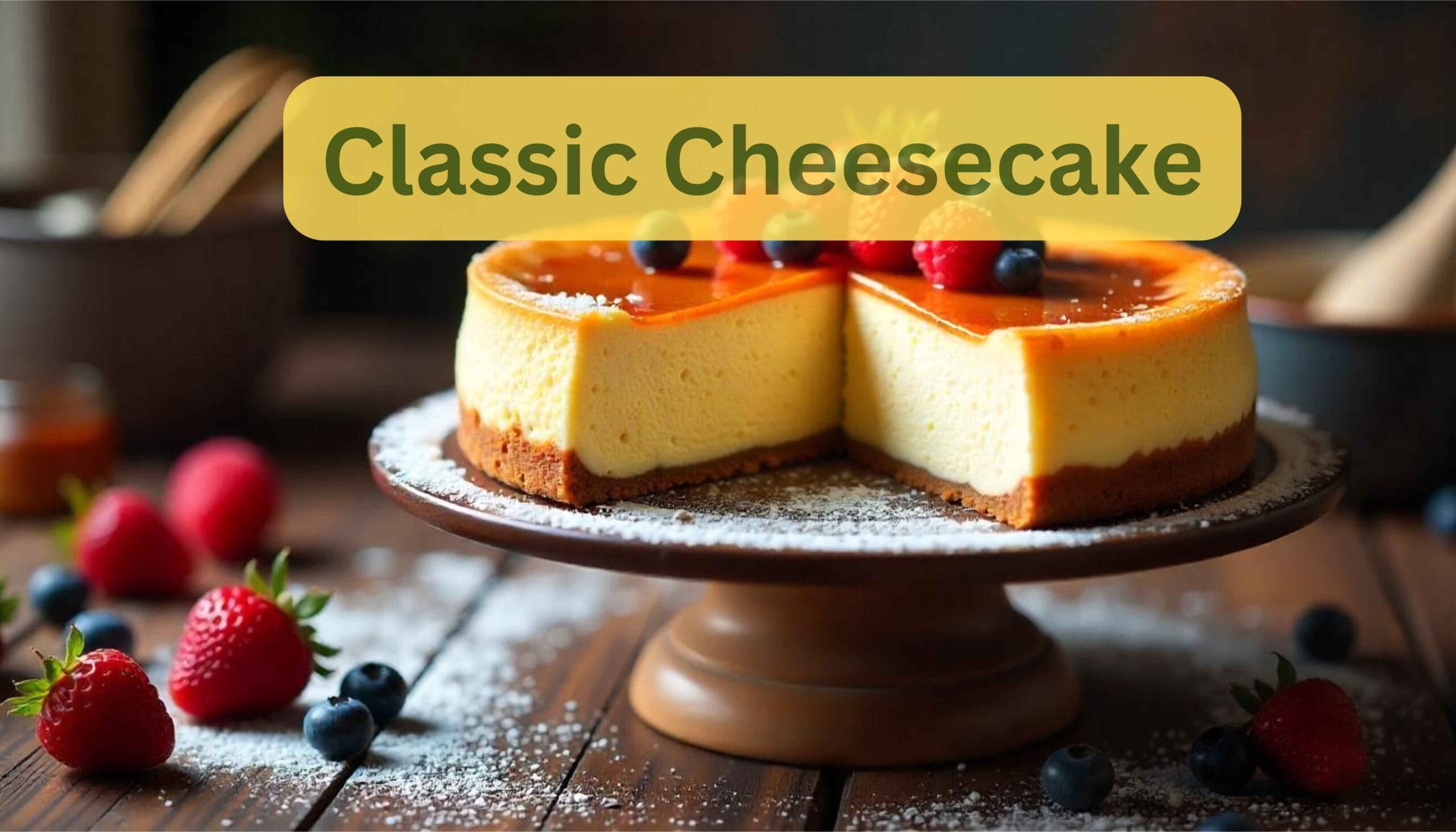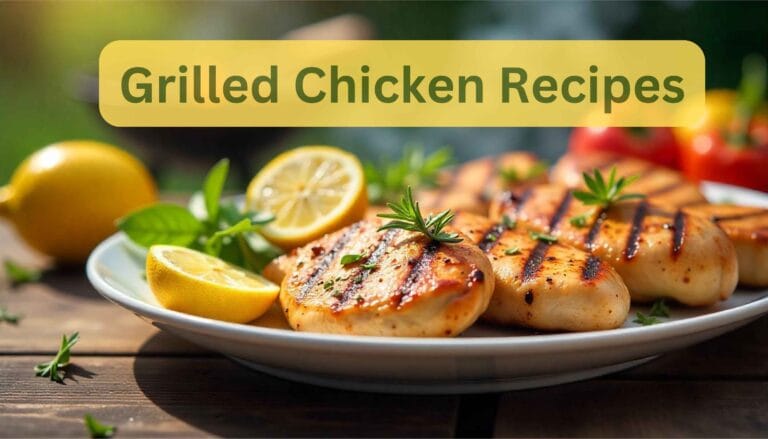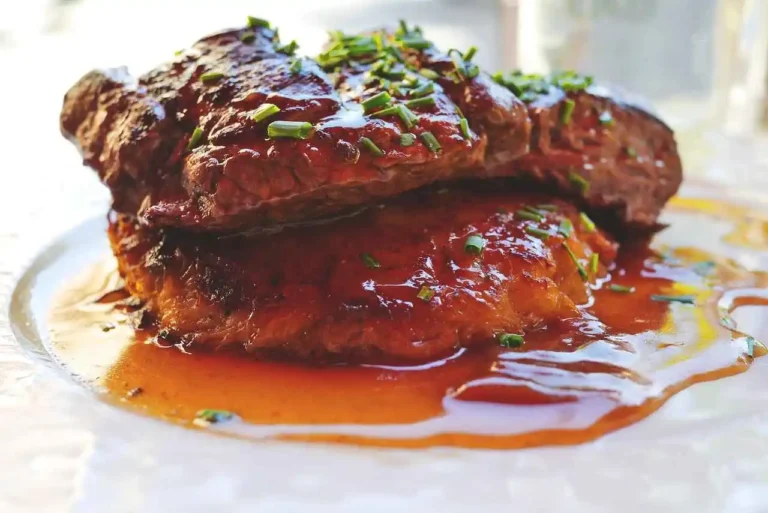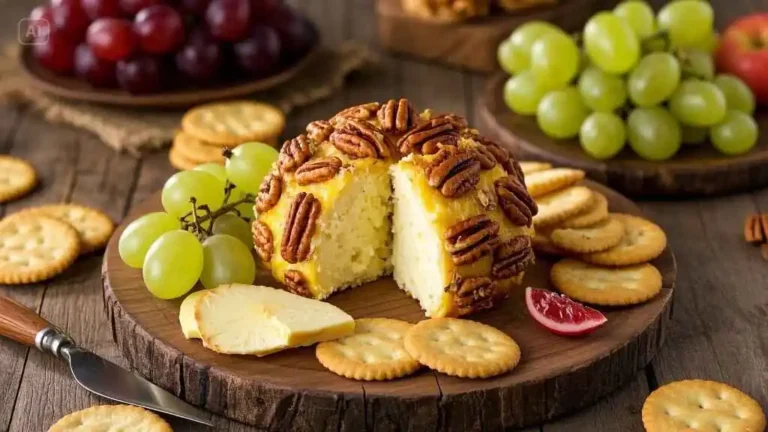Cheesecake Recipes: How to Bake the Perfect Dessert Every Time
A passionate home baker, I have spent many hours measuring, tasting, and experimenting to create the perfect cheesecake recipes. I can’t wait to share with you the creamy, dreamy bliss my path of trial and error brought me! From basic methods to room-temperature ingredients, here is your all-inclusive guide to perfecting this traditional treat.

The Value of Ingredients: Making Sensible Choices
Your components can make or ruin your dish when baking, particularly cheesecake. I cannot stress enough the need to choose the appropriate parts. As a baking specialist once remarked, after all,
“Your cheesecake’s foundation is the ingredients you decide upon.”
Explore why some ingredients are essential and how they impact the result.
Why Room Temperature Ingredients Count
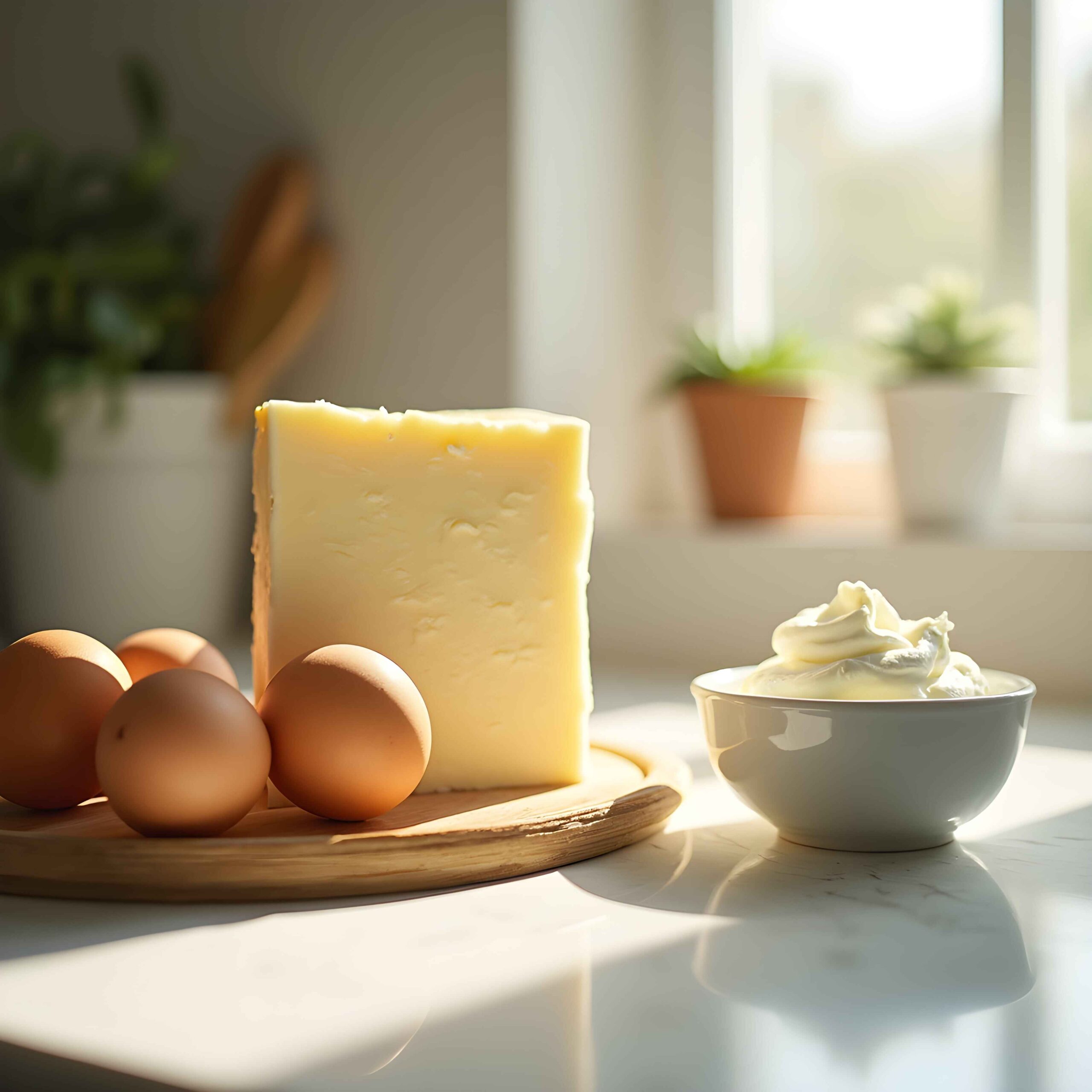
Have you ever considered why room-temperature components are sometimes called for in dishes? The response is straightforward: texture changes significantly. Room-temperature cream cheese, eggs, and sour cream meld together more naturally. This helps get lumps out of a cheesecake, compromising the creamy quality we all enjoy.
Consider this: cold cream cheese could clump up with other components. This results in a textured rather than silky smoothness we want. So, let your ingredients warm up a little before you begin mixing. Though tiny, this action has a significant impact.
The Part Cream Cheese Quality Plays in Texture
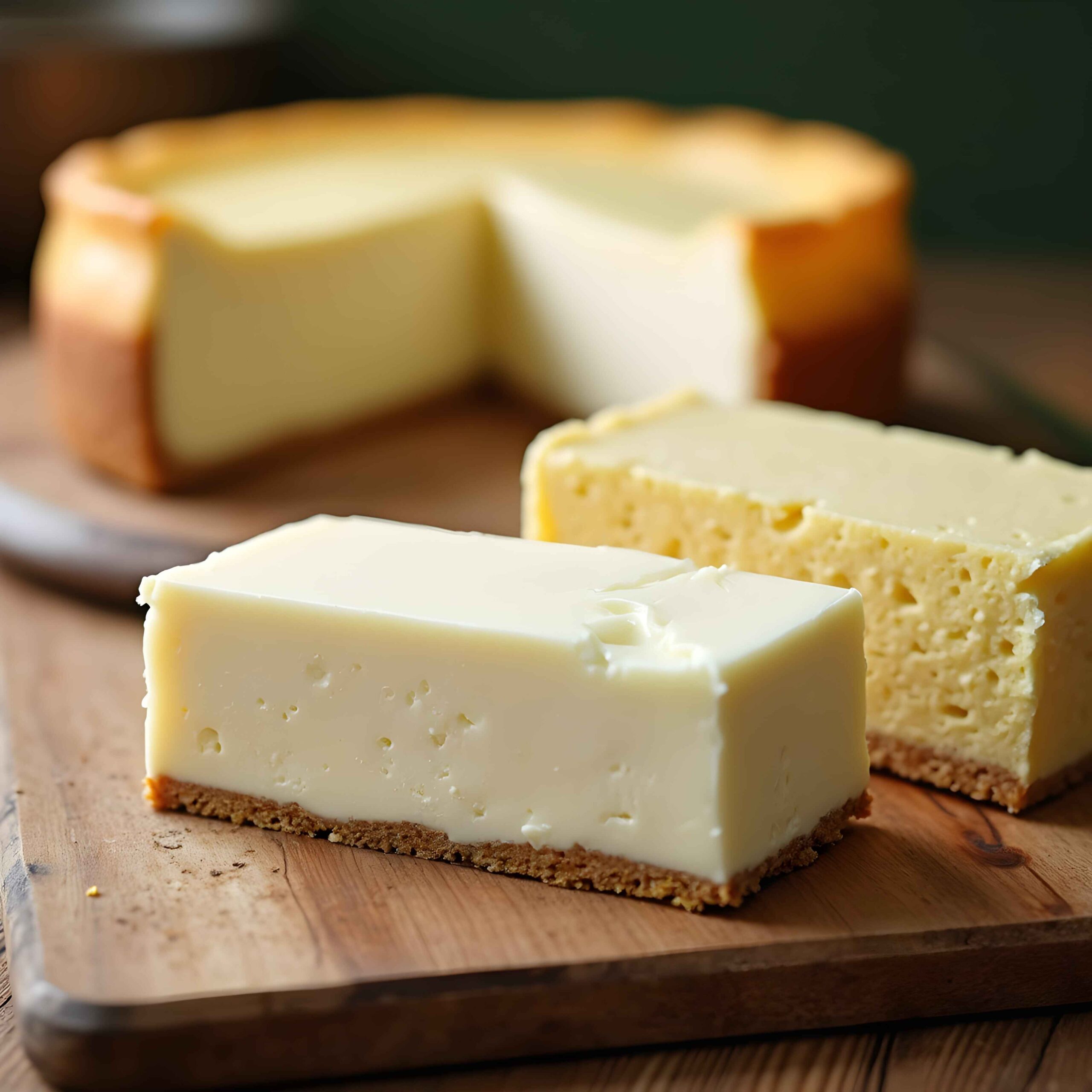
Let us now specifically address cream cheese. Not every cream cheese is made precisely as another. The quality of your cream cheese will influence the texture of your cheesecake. Usually, I go with high-fat cream cheese. For what reason? Because it produces a more decadent, creamier filling. Though they may cut a few calories, low-fat choices can generally affect the taste and texture.
Imagine that a cheesecake meant to be rich and creamy is dry and crumbly when you bite it. That’s a letdown. Therefore, when you are buying, search for products using premium ingredients. For a dessert likely to wow, the expenditure is well worth it.
Selecting the Optimal Sugar for Sweetness
Candy comes next. Though that’s not entirely accurate, any sugar would do. Various kinds of sugar can change the cheesecake’s texture and sweetness. Usually, my cheesecakes call for granulated sugar. It makes a filling smooth and dissolves readily.
Using powdered sugar could result in a gritty texture—not what we want. And brown sugar? It alters the texture even if it gives a good caramel taste. So, keep with granulated sugar if you wish to have that traditional cheesecake taste.
Here are some quick pointers for ingredient success.
- Using room temperature components will help to create a smooth texture.
- Choose high-fat cream cheese if you want richness enhanced.
- Choose ground sugar; it guarantees a smooth filling.
Following these guidelines will help you produce a cheesecake that tastes great and looks appealing. Recall that the nature of your components counts. A showstopper differs from a decent dessert in several ways.
To sum up, consider your ingredient choices the next time you’re ready to make a cheesecake. Their temperature is room temperature. Is the cream cheese you are using premium? Did you choose the correct sugar? These little touches can result in an outstanding cheesecake.
So, let’s begin baking! The things you can produce will astound you with the correct ingredients.
Methods for Getting the Optimal Texture
Perfect cheesecake baking depends on texture; everything else is secondary. The most straightforward elements can have a significant impact. So, let’s start with some basic methods that will enable you to get the creamy, silky texture that everyone yearns for.
1. Using Lightly Incorporated Eggs to Prevent Cracks
Cheesecake depends critically on eggs. They give richness and organisation. Overbeating them, though, can cause catastrophe. Right now, we do not desire a dense, cracked cheesecake. How, therefore, may we avoid this?
- Scramble Lightly: Before adding eggs, scatter them gently in your mixture. This breaks down the proteins without adding too much air.
- Add the eggs to the batter using slow-speed mixing. This mild method stops overbeating.
- Don’t forget to stop and sweep down the bowl’s sides. This guarantees smooth blending without stressing the eggs too much.
Recall that baking is a science; even the slightest approach can have an impact—a pastry chef in pastries. Use your time with the eggs, then. It’s worth it!
2. The Need for Gradual Cooling
Correct cooling is just as crucial as baking your cheesecake. Let it cool too rapidly, and you risk the surface cracking. Trust me; I have made this error before, and it is not beautiful.
- First, let your cheesecake sit at room temperature after baking. This slow movement helps avoid abrupt temperature swings.
- After turning off the warm oven, I prefer to top the cheesecake with it. This lets it cool gently, lowering the possibility of cracks.
- Once it’s at room temperature, put it in the refrigerator. This last cold has set the perfect texture.
Your success is being set up via slow cooling. It’s all about endurance!
3. Steer Clear of Oven Peeking to Control Temperature
We have all been there. One can become somewhat overwhelmed with the need to glance at their cheesecake while it bakes. Still, resist, though. Opening the oven door can substantially lower the temperature, resulting in unequal baking and cracked goods.
- Though I know it isn’t easy, trust your oven. Should your temperature setting be accurate, it will perform as expected.
- Use a timer: Set a timer rather than checking continuously. This helps you stay from being tempted to open the oven door.
- Look through the glass in your oven to see if it features one! You can track the rise and bake of your cheesecake without opening the door.
The oven door must be closed to maintain a constant temperature. This easy action helps prevent your cheesecake from cracking.
Last Words
Including these methods in your cheesecake-baking process will change things. Essential steps are gently adding eggs, waiting for slow cooling, and resisting the need to peek. Practising will help you discover the ideal texture of second nature.
Therefore, are you prepared to create the finest cheesecake of your life? I am, as I know! Let’s get going and savour the mouthwatering outcomes right beside each other.
Original Cheesecake recipes Variations to Try
One such treat that may be traditional or modern is cheesecake. Though the classic cheesecake is delicious, why not investigate some unique variants? It gives me great pleasure to offer some of my best cheesecake flavours and pointers to improve your cheesecake game today. Let’s start right now!
1. Investigating Novel Tastes
Regarding cheesecake, the taste combinations are virtually unlimited. Why keep to the same old vanilla or strawberry? Three flavours here will definitely wow your friends and relatives:
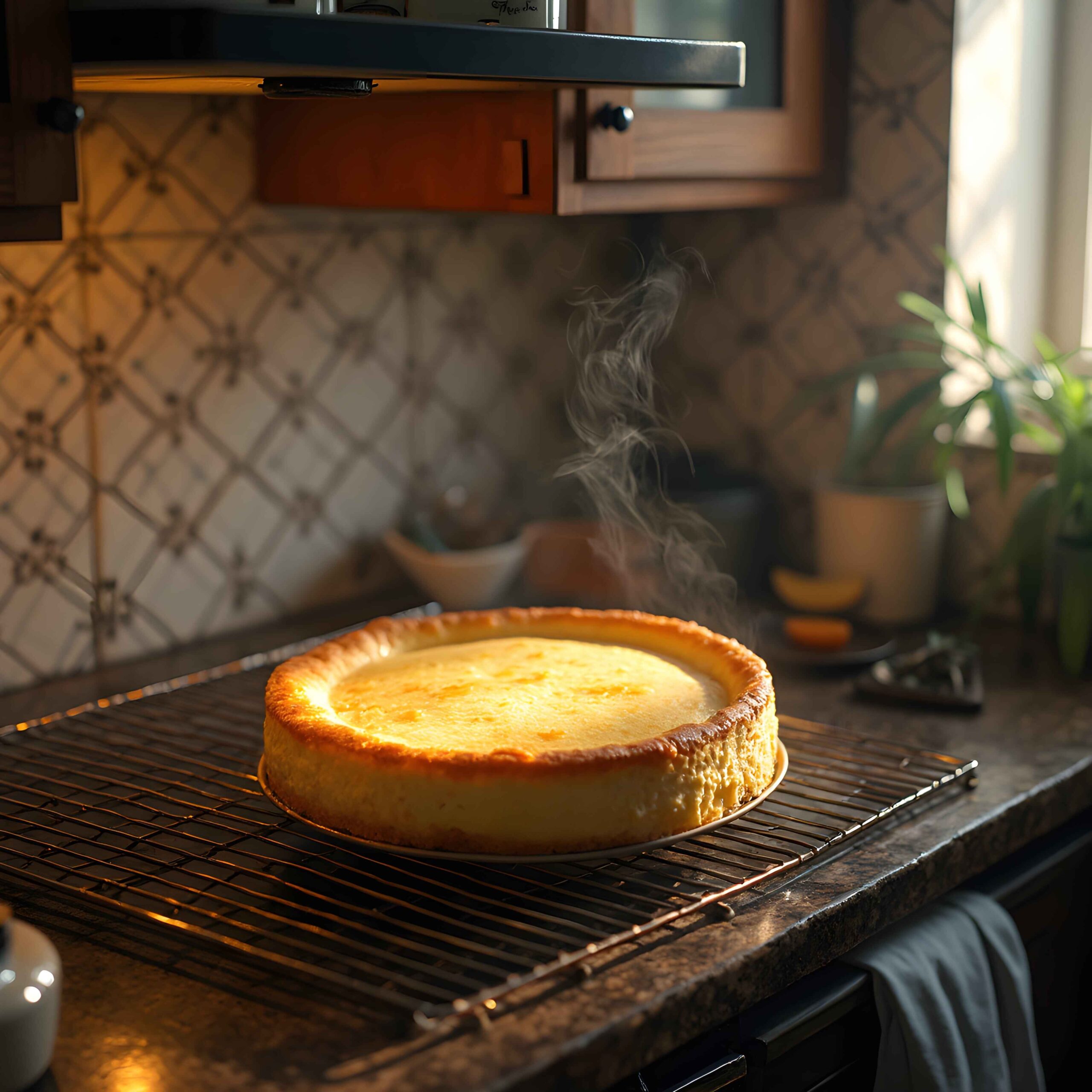
- Oreo Cheesecake: A crowd-pleaser, luscious, creamy, and enhanced with crushed Oreo cookies. The creamy filler perfectly complements the chocolatey taste.
- Pumpkin Cheesecake: Perfect for fall, it mixes the comforting scents of cinnamon and nutmeg. Like a taste of fall on your menu!
- Chocolate Cheesecake: Chocolate aficionados should try this. Eating a luscious chocolate cheesecake topped with chocolate ganache is a perfect pleasure.
These varieties are all relatively simple and provide a different take on the traditional cheesecake. Imagine how much fun Thanksgiving would be if you could present a slice of pumpkin cheesecake!
2. Advice on Unusual Crust Combinations
Let us now address crusts. The crust can alter the taste character of your cheesecake. These ideas will help you produce distinctive crusts:
- Try crushed Oreos, gingersnaps, or even vanilla wafers rather than the conventional graham cracker crust. Every cookie adds something different to the palette.
- Including ground nuts like almonds or pecans in your crust will provide a pleasing nutty taste and texture.
- Experiment with spices. Sprinkle nutmeg or cinnamon on your crust, and it will taste much better. This minor adjustment makes a significant impact.
Feel free to get creative! Your canvas is the crust; you can paint it any way you choose. Remember,
“Baking is fun because of kitchen creativity!” – Food Blogger.
3. Match Seasonal Fruits with Cheesecake recipes
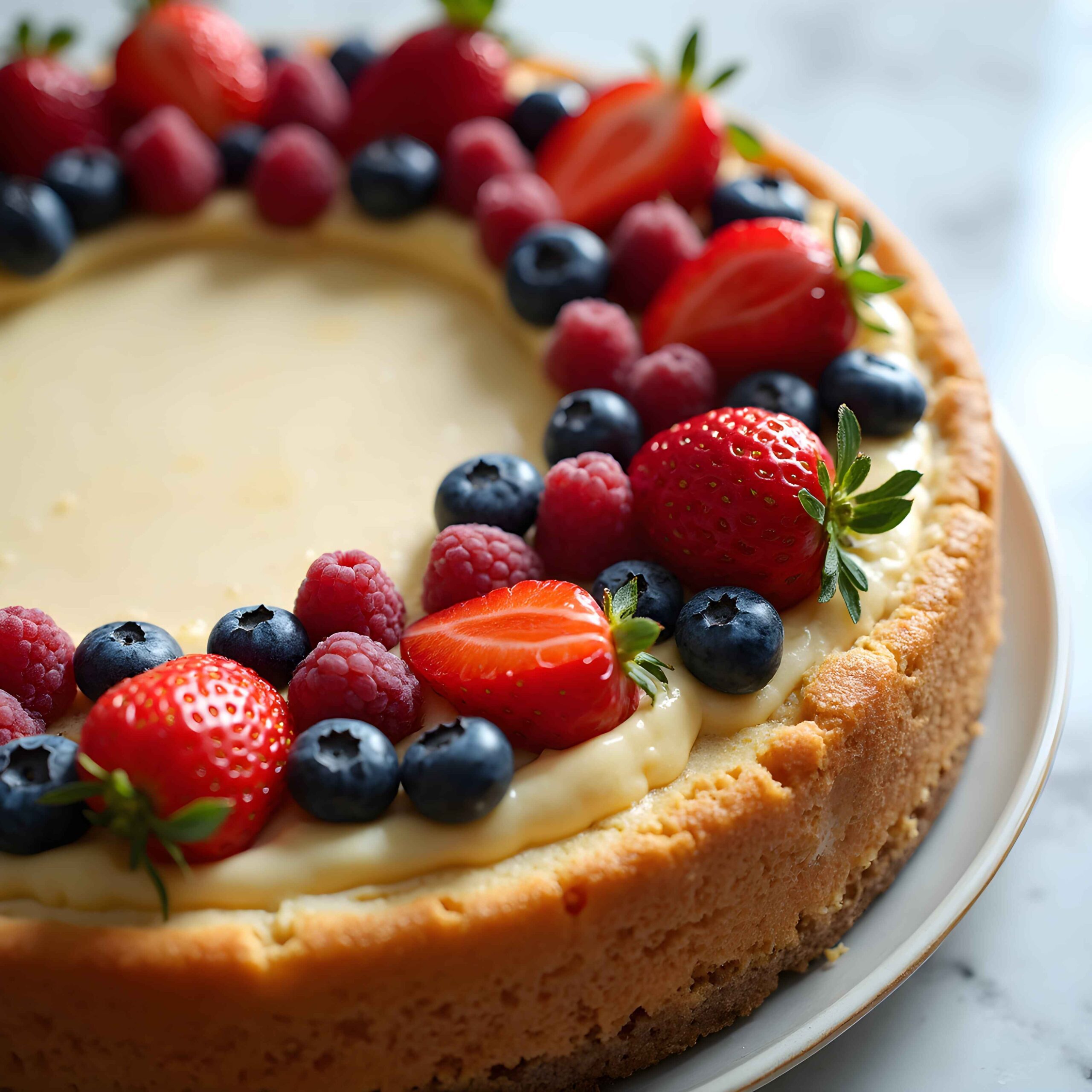
Seasonally grown fruits will elevate your cheesecake. They impart freshness and a flash of colour. These are some suggestions:
- Summer: Top your cheesecake with fresh berries, such as raspberries, blueberries, or strawberries. These berries temper the cheesecake’s richness with acidity.
- Fall: Serve your pumpkin cheesecake with chopped pecans and a drizzle of caramel sauce. This pairing is designed for paradise.
- Winter: Citrus fruits such as grapefruits or oranges can brighten rich chocolate cheesecake. The acidity deftly slices across the creaminess.
Pairing your cheesecake with seasonal fruits improves the taste and looks great. Everything revolves around furnishing a sensory feast!

End
Ultimately, cheesecake doesn’t have to be dull. You can investigate a universe of tastes and textures with some imagination. There are countless alternatives, whether you want an Oreo, pumpkin, or chocolate cheesecake. To make your cheesecake exceptional, don’t forget to play with unusual crusts and seasonal fruits. Hence, get ready and start baking! You might find your new preferred sweet here.
Apart from this traditional variant, try my Oreo Cheesecake, Pumpkin Cheesecake, or Chocolate Cheesecake recipes. Enjoy baking!
Following my tried-and-true advice will help you make the ideal cheesecake with a rich taste and smooth texture without using water baths.

